Open source software often comes out of a developer solving their own problem and giving the solution away to the community. Sometimes this surfaces as a one-time code dump, but more commonly the original developer sticks around to maintain their work, adding features and fixing bugs. Eventually the original developer may no longer be interested in continuing to maintain a package, at which point it is either taken over by other contributors or abandoned.
Detecting abandoned packages is important because an abandoned package may not receive security fixes. It also may not receive compatibility patches for new versions of the underlying language or other packages. Some packages are explicitly…
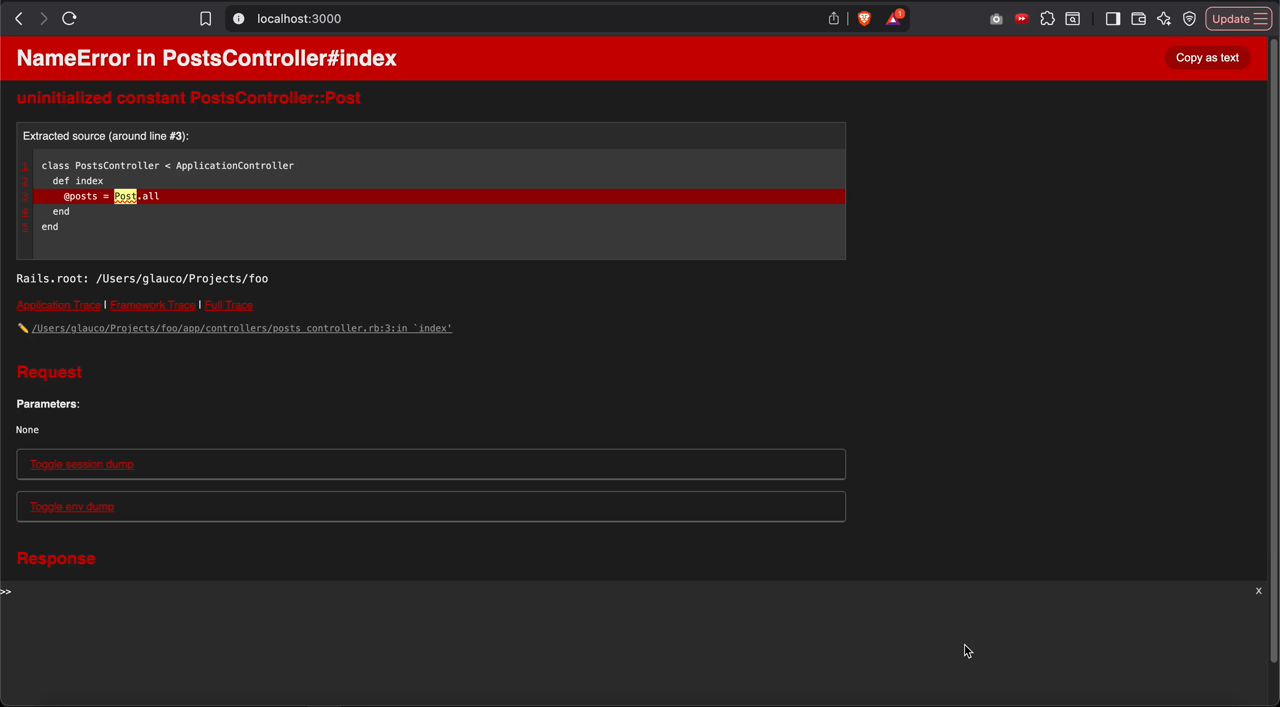
.jpg)

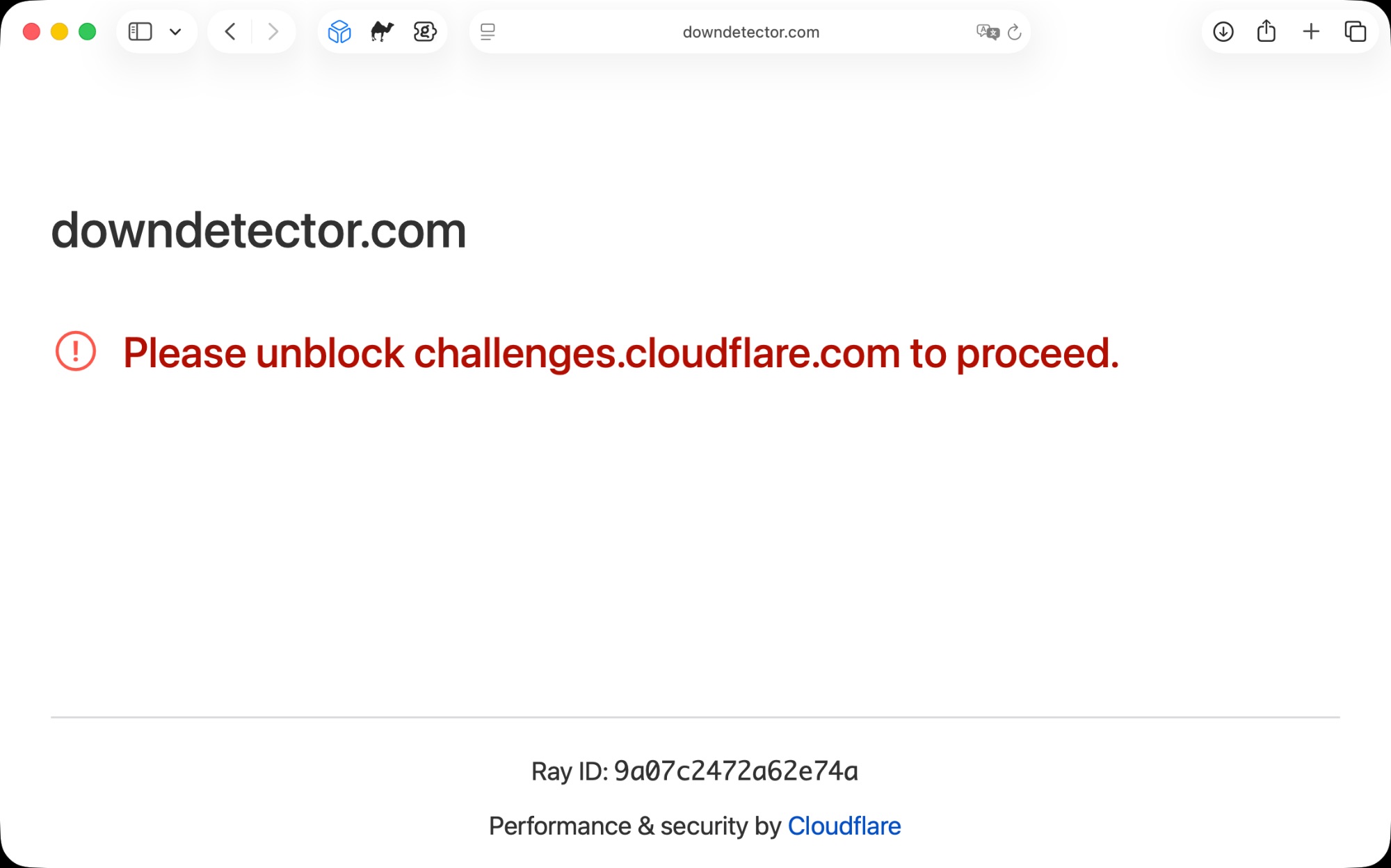

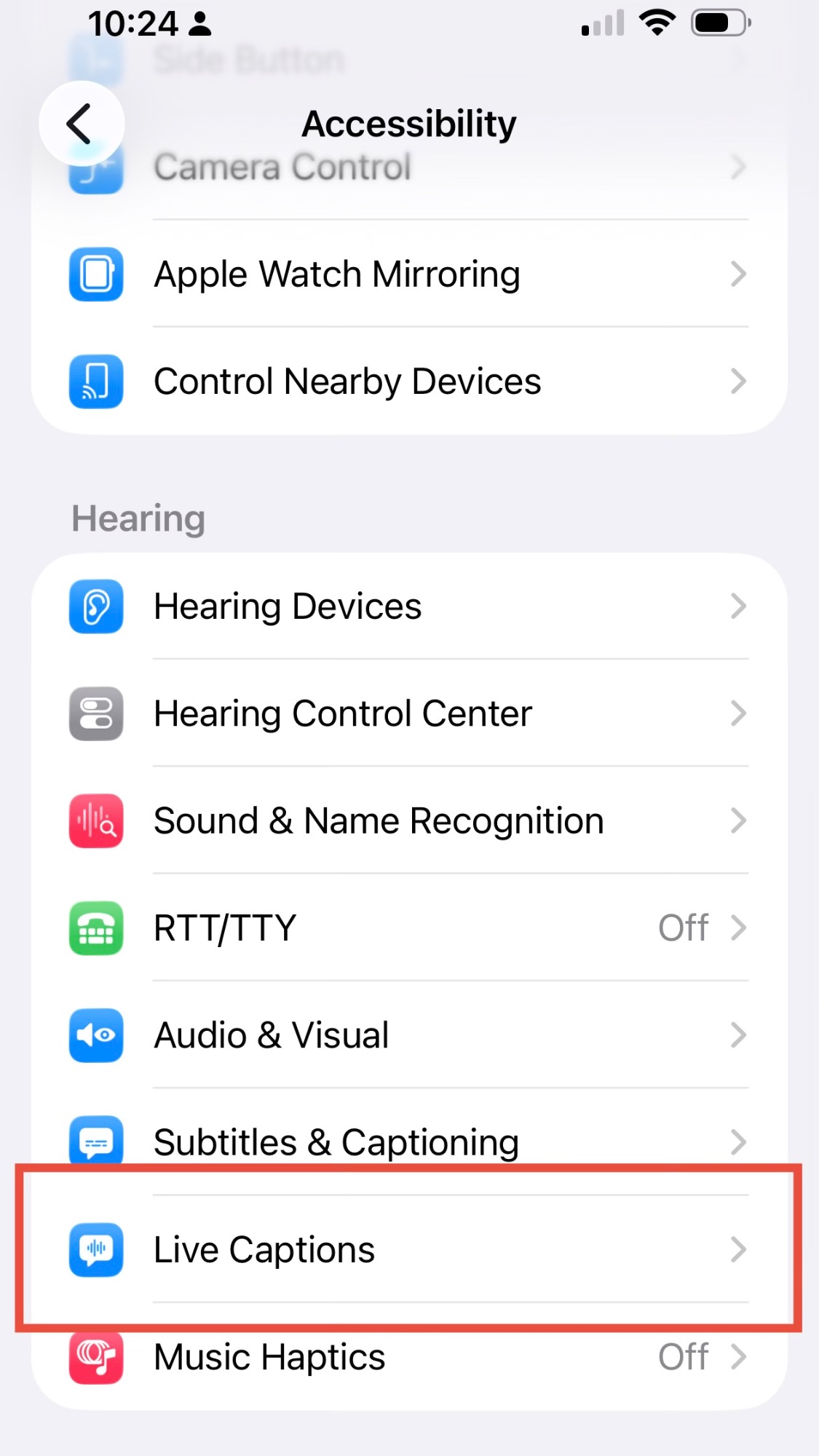



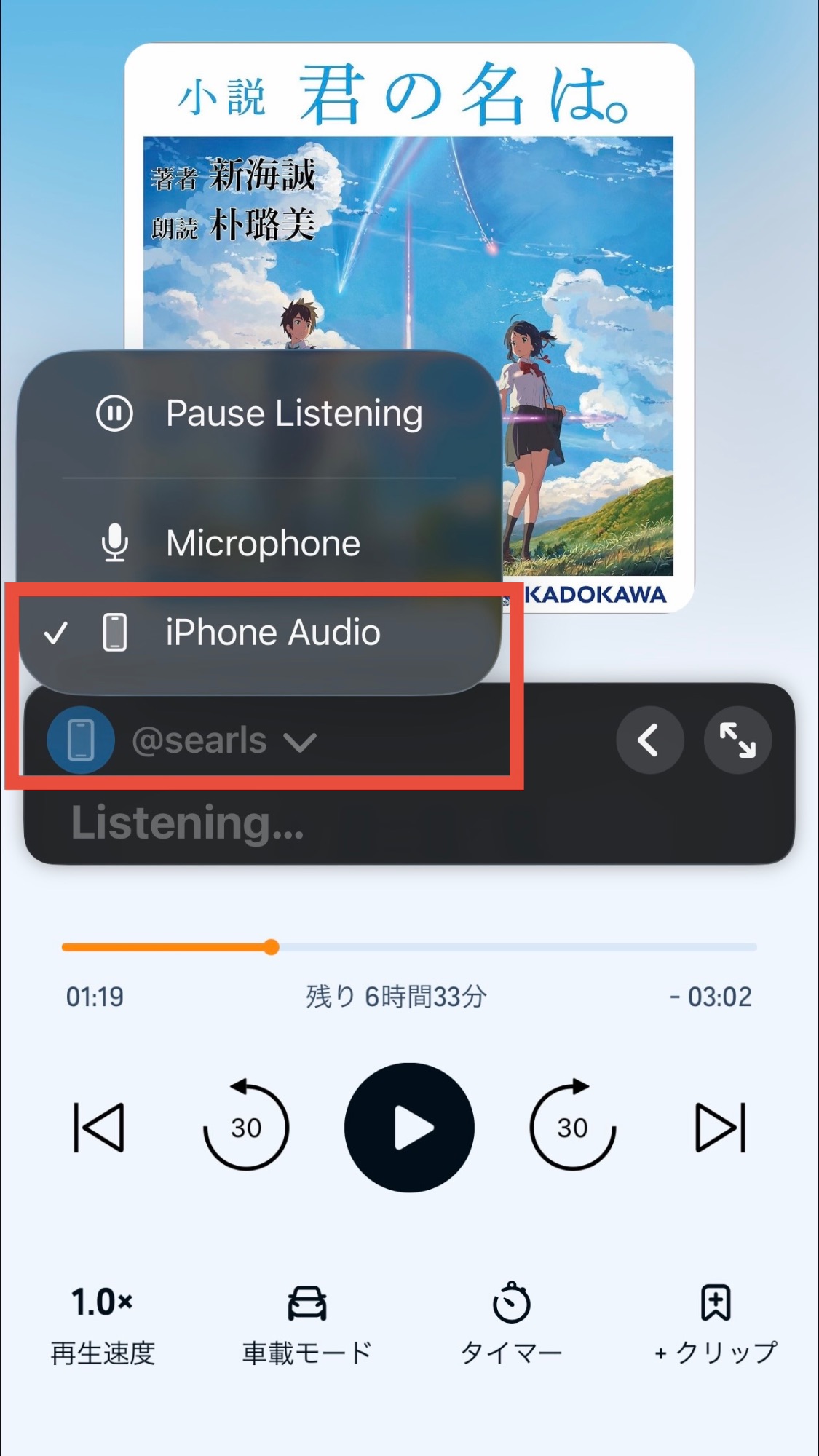


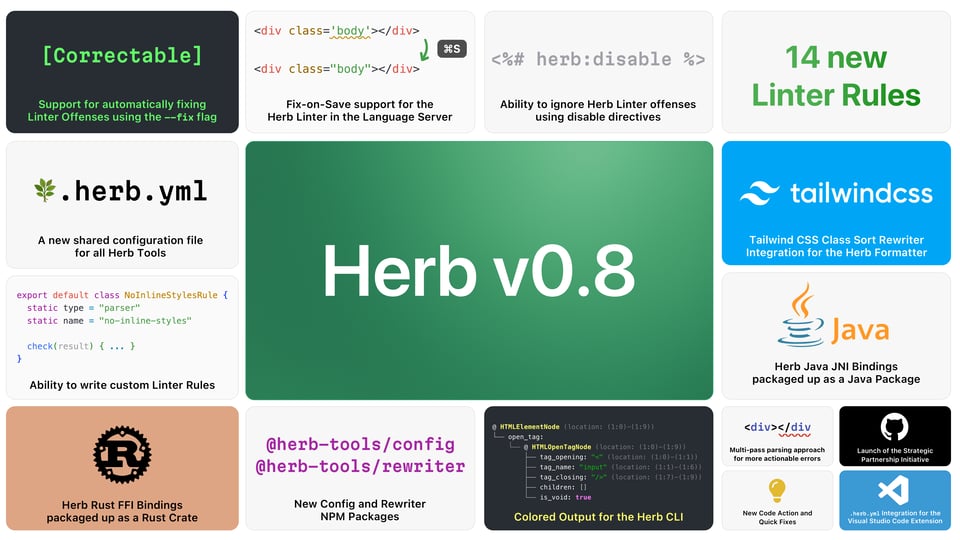

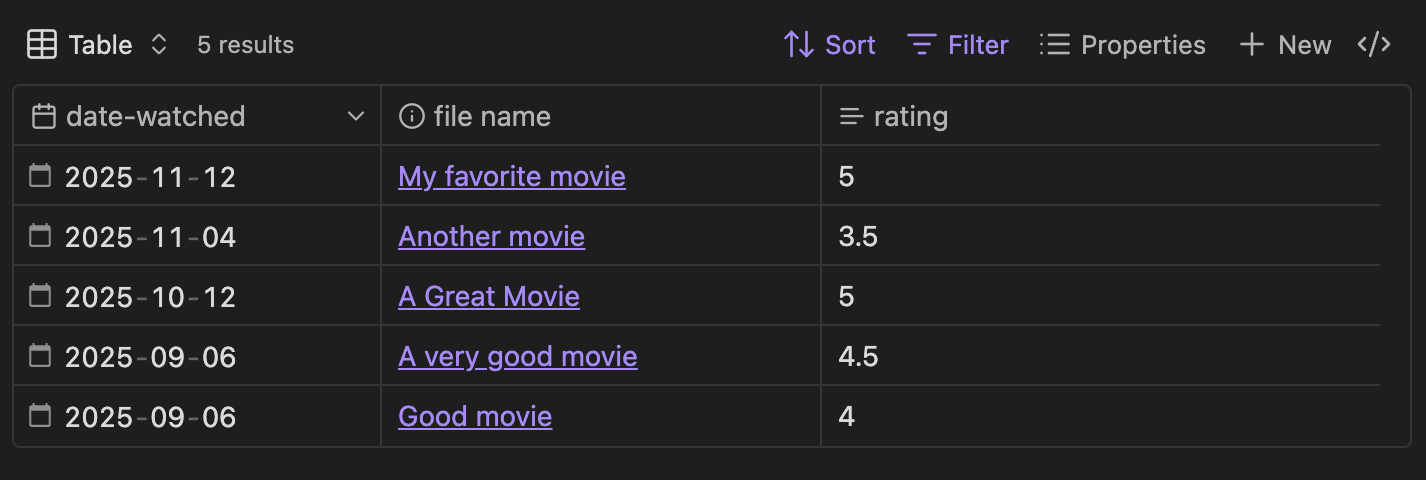
 …
…  Unless: The Ruby Way to Not Say No
Unless: The Ruby Way to Not Say No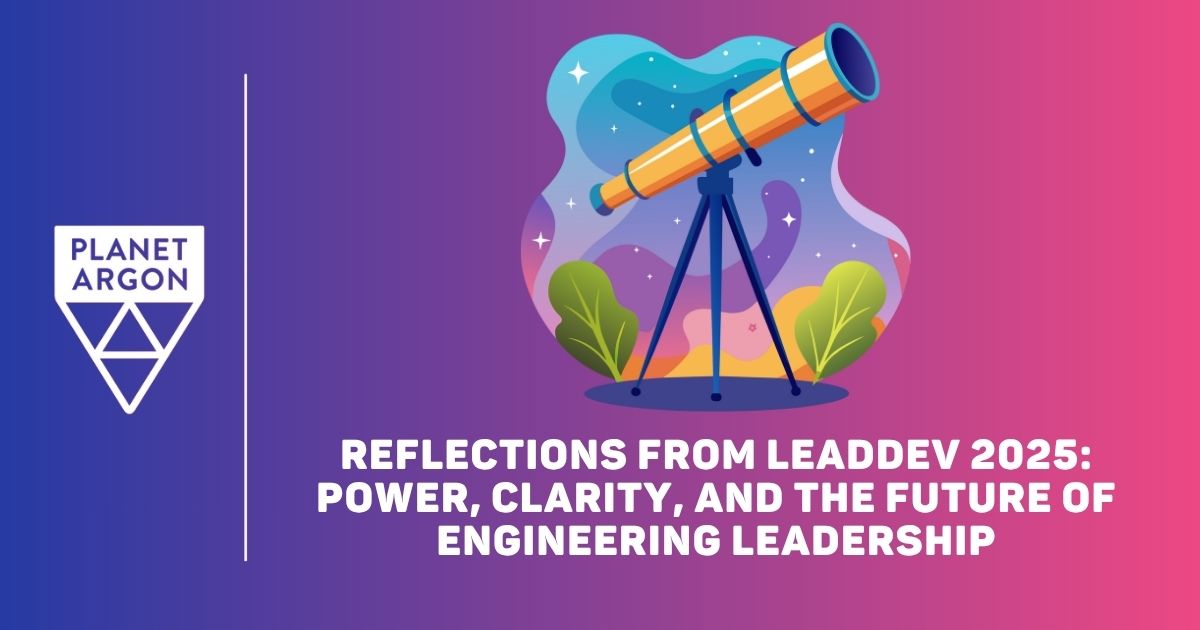




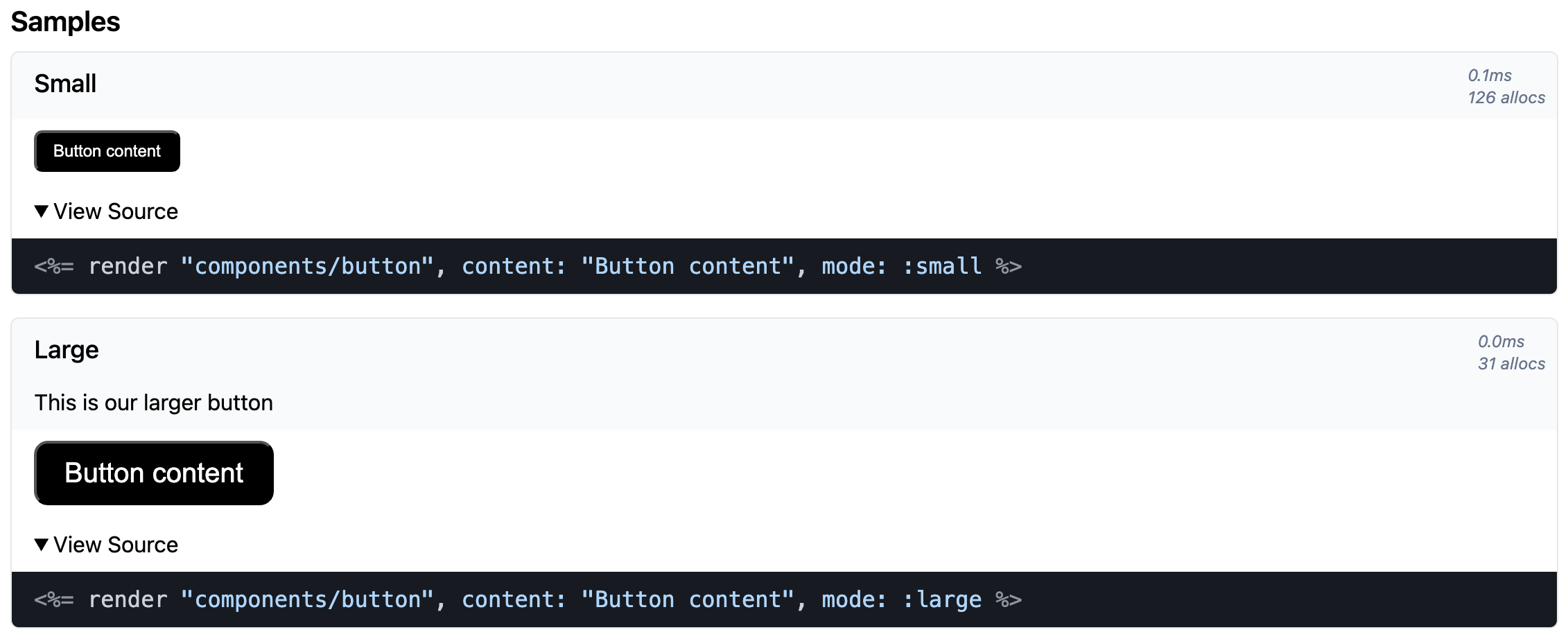




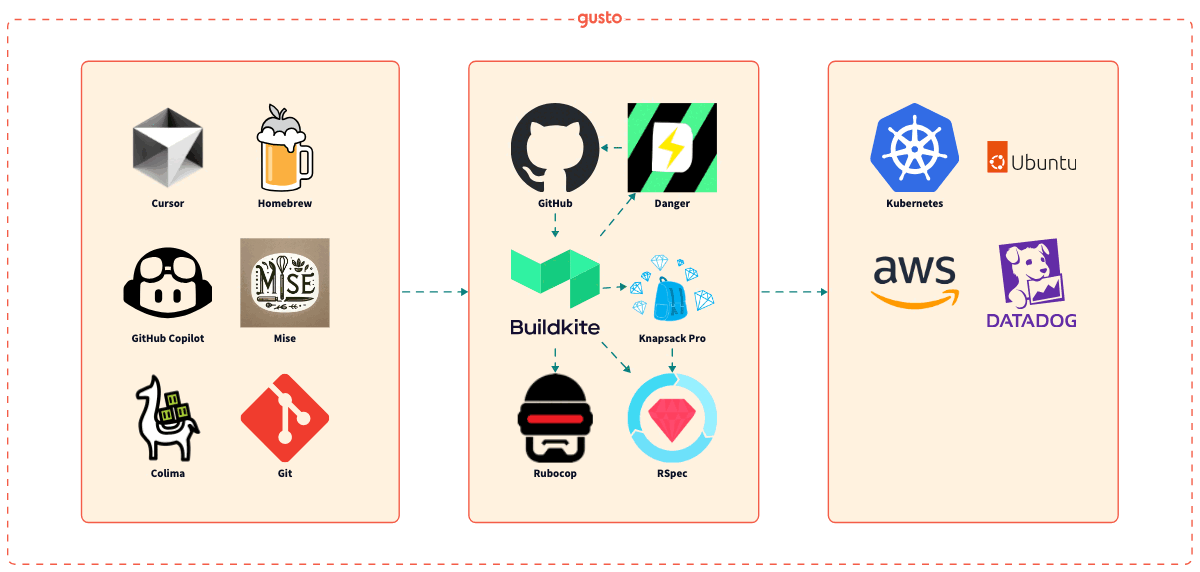

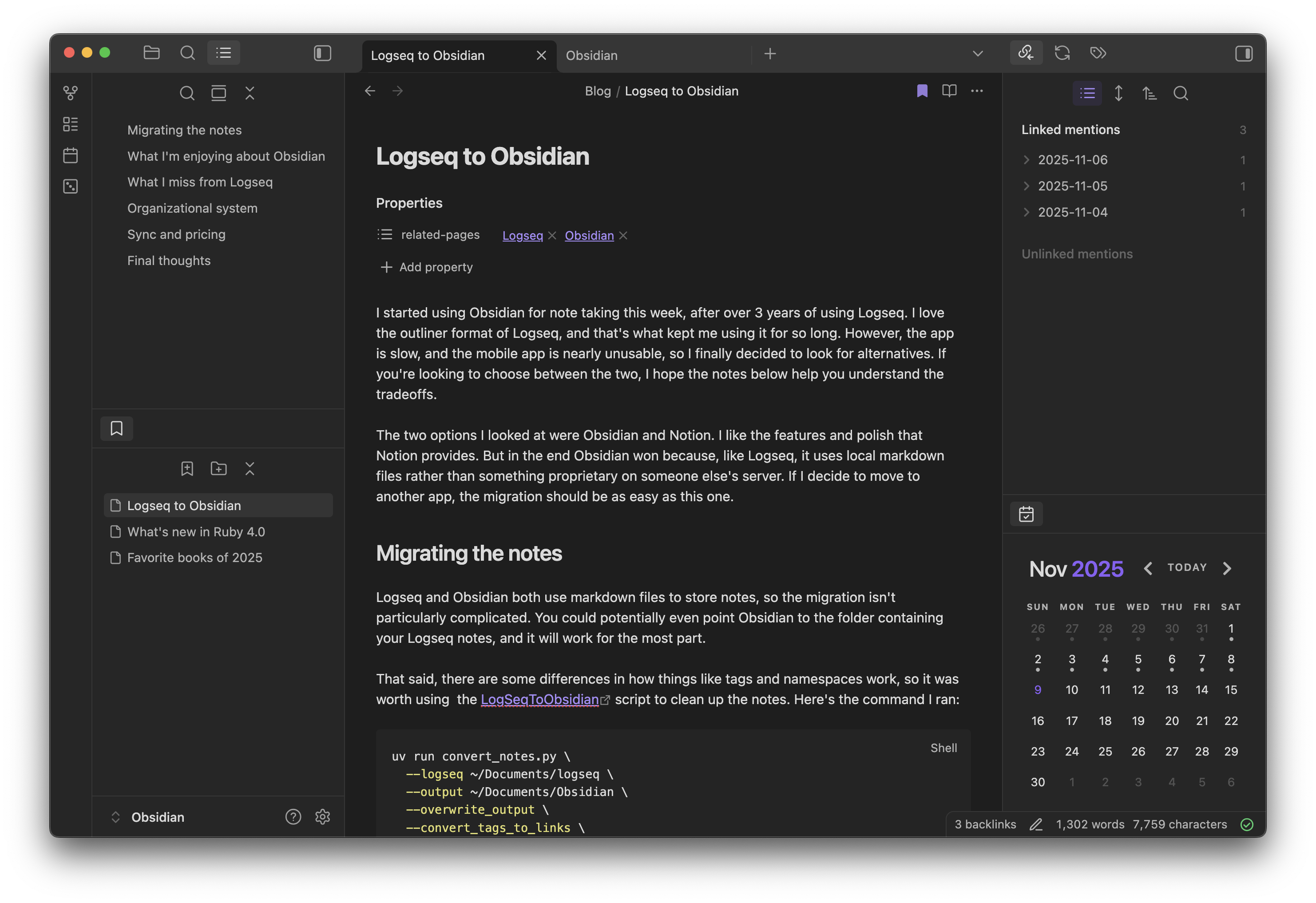

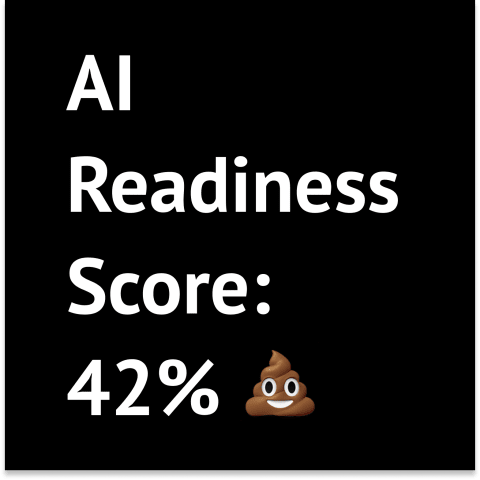
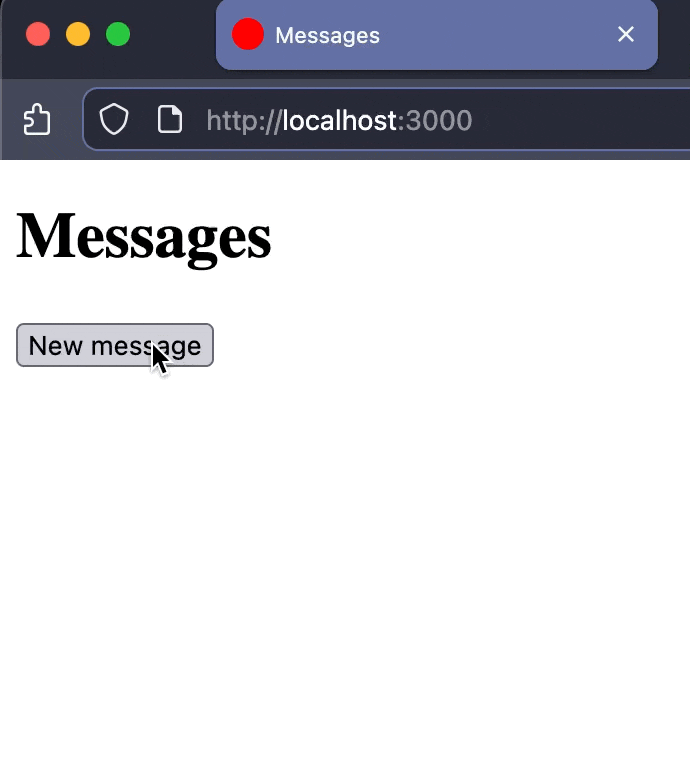

 Photo by
Photo by ![[5/4] Code with LLMs and strong Success Criteria](https://digitalpress.fra1.cdn.digitaloceanspaces.com/xhtzjbw/2025/11/coding-cooks-5_4.png)
